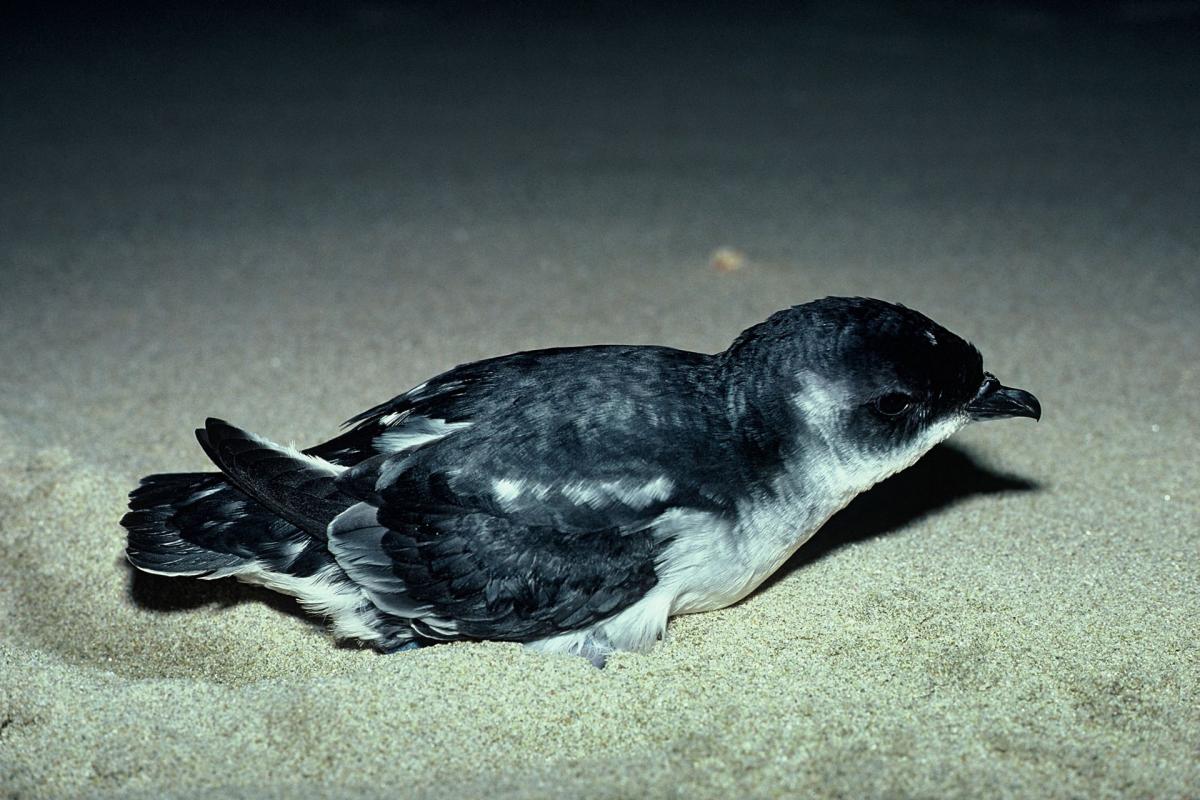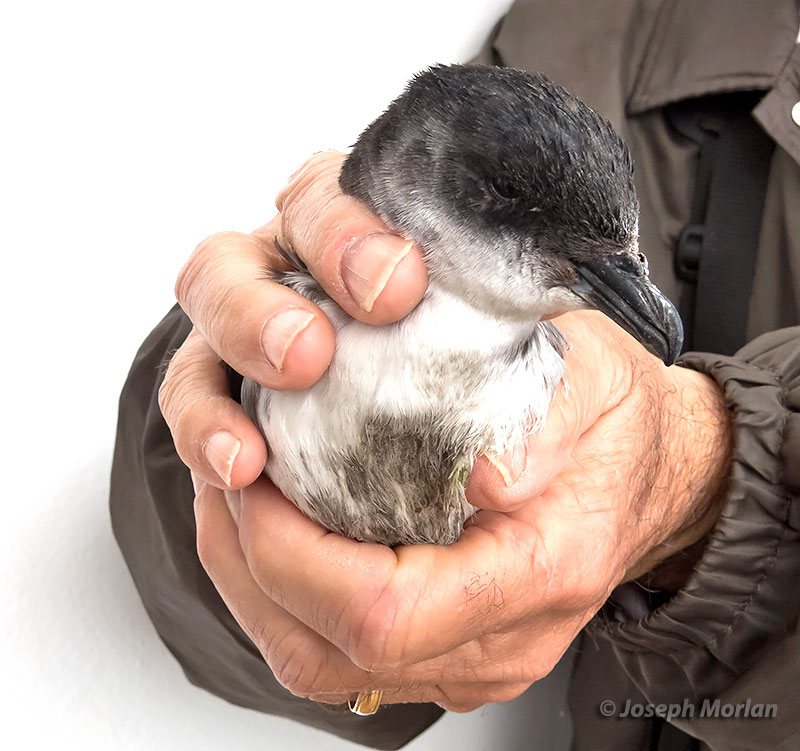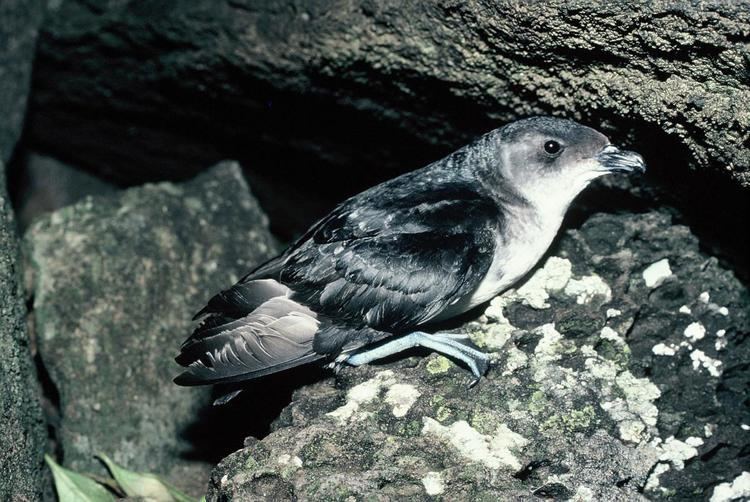After decades away, rare Peruvian seabird nests on island freed of invaders
by Elizabeth Claire Alberts on 3 March 2023
The Peruvian diving petrel is a tiny, thrush-sized seabird that spends more time in the water than in the air. True to its name, it plunges into the chilly waters off the western coast of South America, to depths of up to 82 meters (270 feet) in search of fish, squid and krill, storing its catch in an expandable throat pouch. But this ocean-dwelling species is now at risk due to climate change and other human-driven pressures.
One threat to the Peruvian diving petrel (Pelecanoides garnotii), or yuncos, as they’re locally known, is habitat destruction and predation by invasive species. On Chile’s Chañaral Island, for instance, which used to be a prime nesting site for the species, rabbits and foxes have largely driven out the species. People introduced rabbits to Chañaral Island in the early 20th century to give stranded fishermen a food source, but the rabbits quickly took over the birds’ burrows and decimated the island’s vegetation. Then foxes were introduced to control the rabbits, but they seemed more interested in preying upon the diving petrels.
In 2013, researchers and wildlife managers at Island Conservation and the Chilean National Forestry Corporation (CONAF by its Spanish acronym) began restoring the Humboldt Penguin National Reserve, a nature reserve that encompasses three Chilean islands — Chañaral, Damas and Choros — by working to remove invasive species. In 2017, the Chañaral was declared rabbit- and fox-free.
Then, in 2019, a team from Island Conservation, CONAF, Catholic University of the North, and Project Puffin began to lure the Peruvian diving petrels back to Chañaral Island with social attraction methods — a strategy commonly used by experts to entice threatened seabirds to restore or establish new nesting grounds.
More:
https://news.mongabay.com/2023/03/after-decades-away-rare-peruvian-seabird-nests-on-island-freed-of-invaders/













